Rectus Diastasis
Rectus Diastasis. Or DRAM. It is the separation of your abdominal muscles that can happen during pregnancy. Our Rectus Abdominus muscle (the long ‘6 pack’) muscle that is located in the middle of our stomach) actually has a left and a right side. These two sides are held together by a fiberous sheath called the Linea Alba. The Linea Alba also has attachments to our other abdominal muscles, namely the Internal Oblique and Transverse Abdominus. The Linea Alba helps us to transfer forces from one side of our body to another and is an important component to help stabilise our trunk during movement.
To allow a growing belly to expand during pregnancy the sheath stretches and the 2 sides of our Rectus Abdominus (‘6 pack’) muscle become further apart.
After birth this muscle will spontaneously come back together to an extent. At your 6 week check we will not only be looking at how far apart the 2 sides of your muscle are but also how far up or down this extends, and how deep the separation feels. It is also important to assess how well you can functionally control this muscle during increases in intra-abdominal pressure such as getting out of bed or lifting your legs.
There is much debate when rehabilitating after pregnancy as to whether we should be aiming to ‘close the gap’ of the Rectus Abdominus muscle or if we should be teaching co-contraction of the other deep abdominal muscles (such as your Transverse Abdominus) to improve stability of the trunk and ability to transfer forces from one side of the body to the other. Just focusing on ‘closing the gap’ is more aesthetically pleasing, however this may not necessarily help us if we have back or pelvic pain. Alternatively if we contract our deep abdominal muscles before we do a sit up it ‘won’t close the gap’ as much BUT our Linea Alba will have more tension so we won’t get as much ‘doming’ of the abdominal wall (and thus supposably better stability of the trunk).
When deciding on which exercise is best to recommend in the postpartum period it is important to assess each woman individually to work out what is the most optimal rehabilitation program for them. They need to be coached through appropriate exercise choices and what to look out for when rehabbing the stomach muscles to ensure that they’re not making their symptoms worse.
The rehab goals of the patient also needs to be taken into account. Patients need to have motivation to do what we recommend or they just simply won’t do it!
